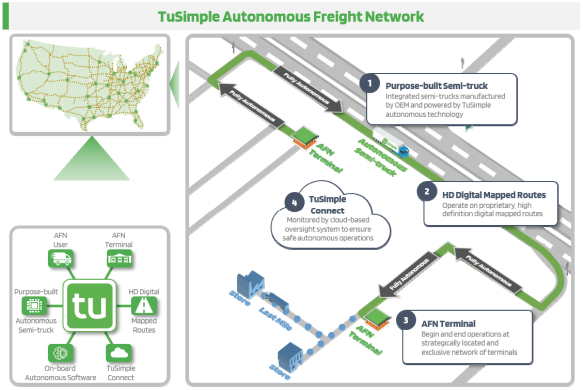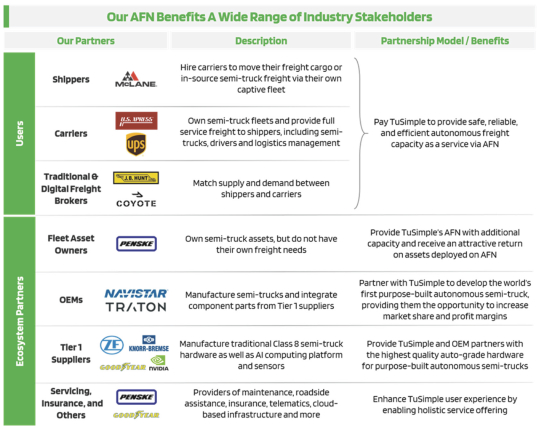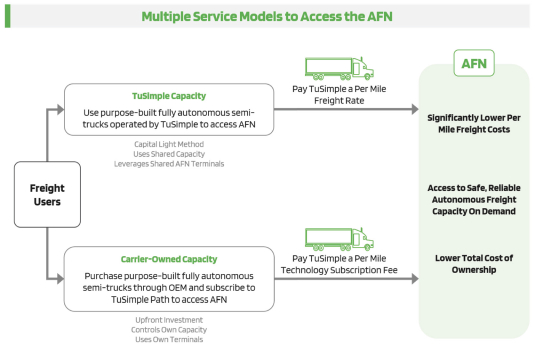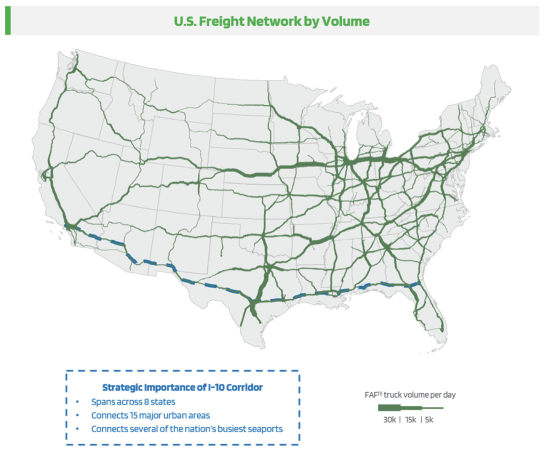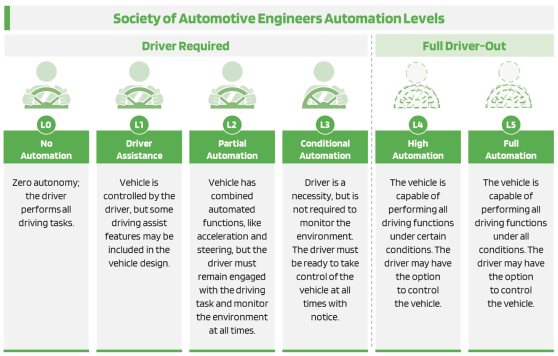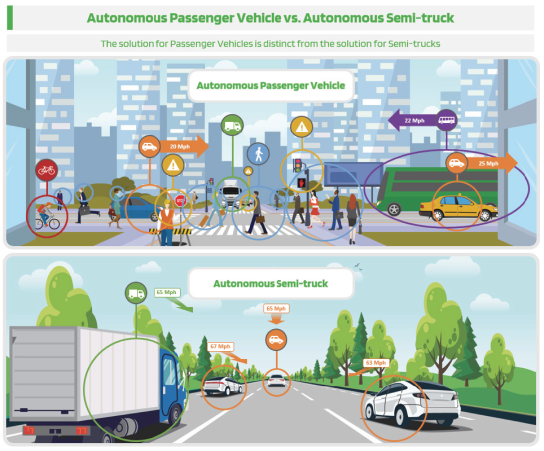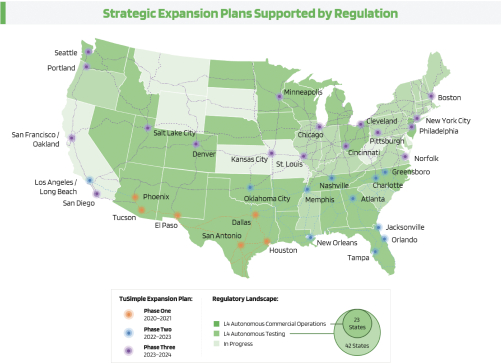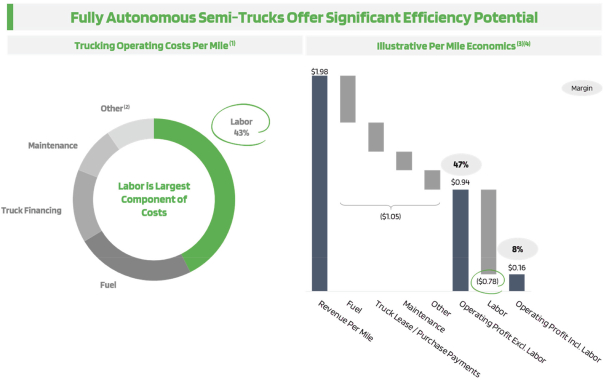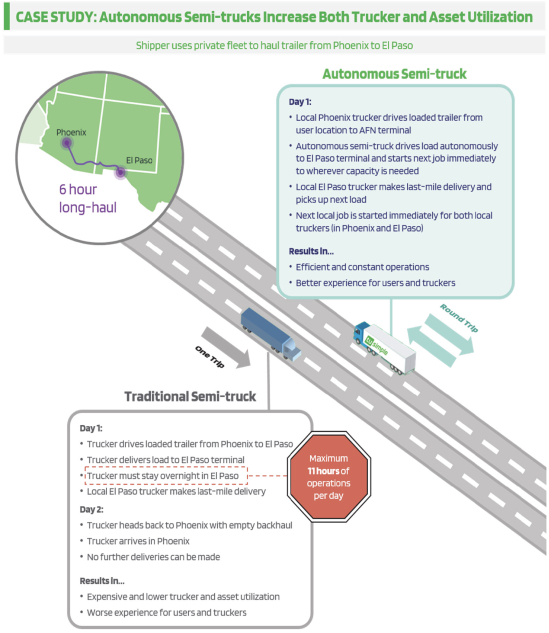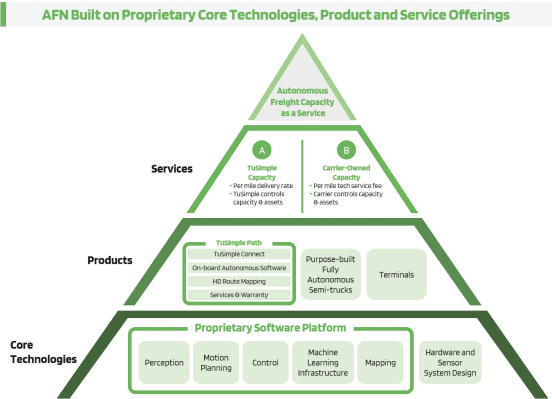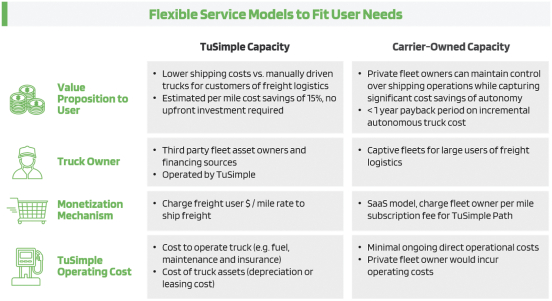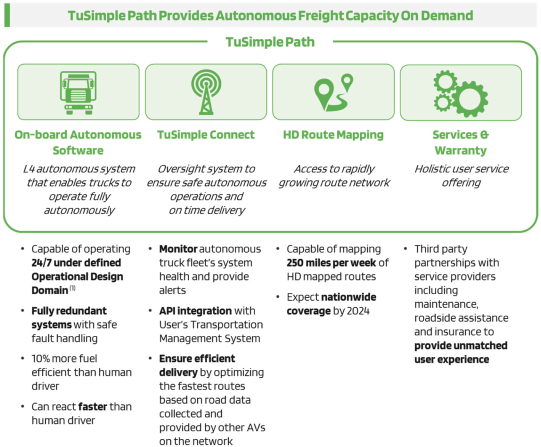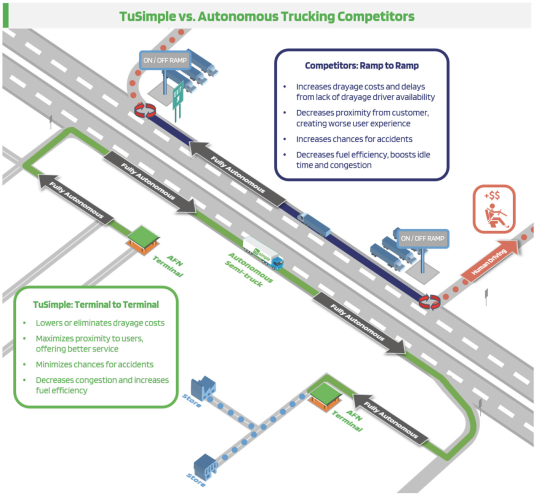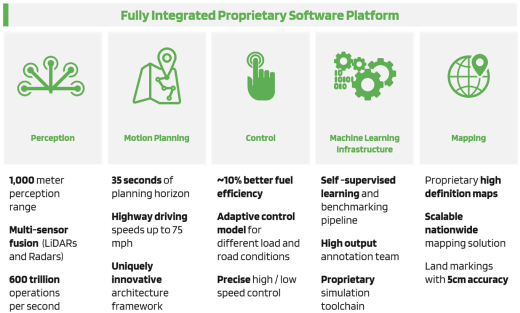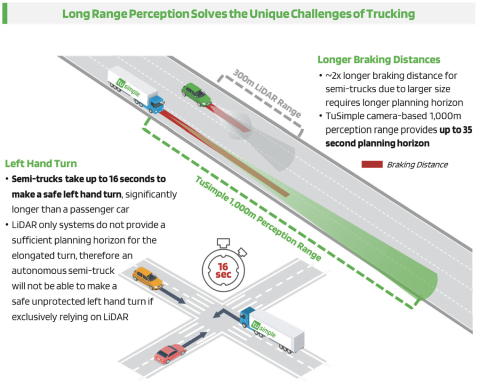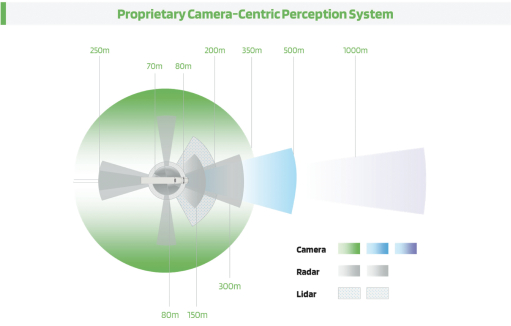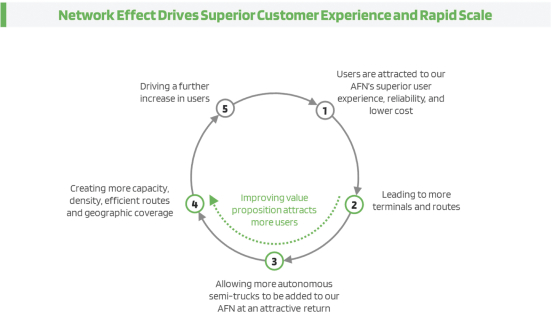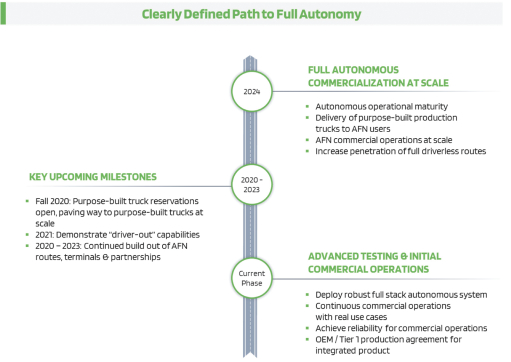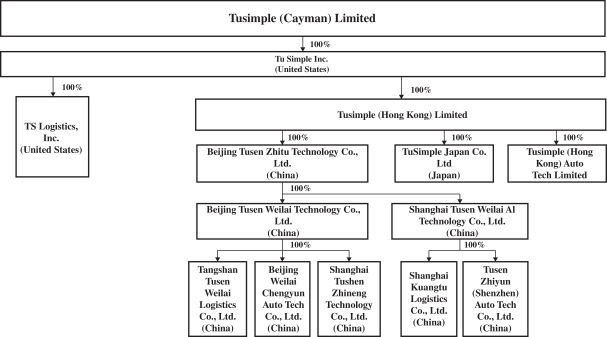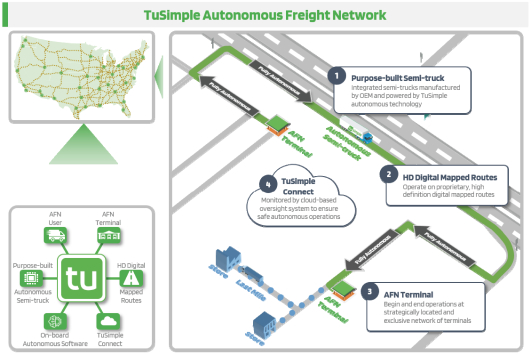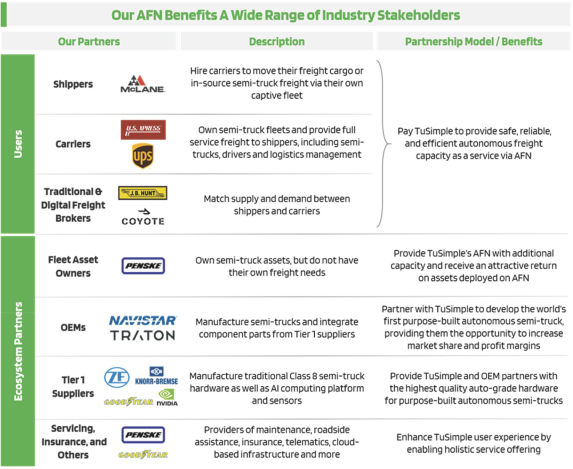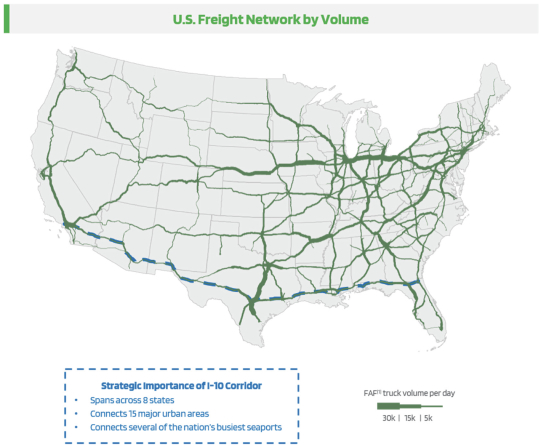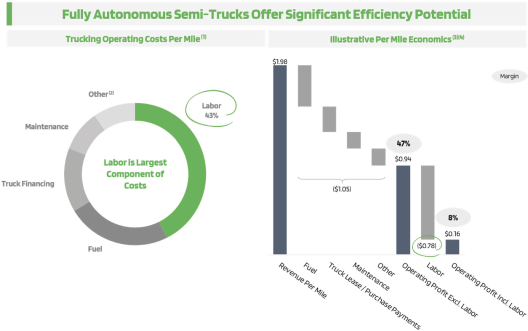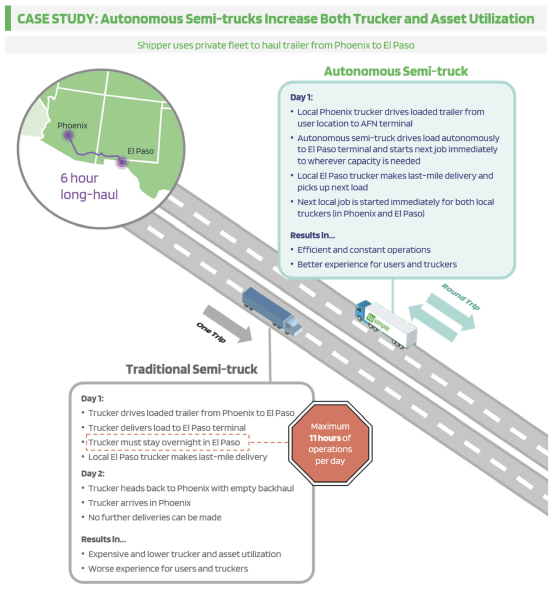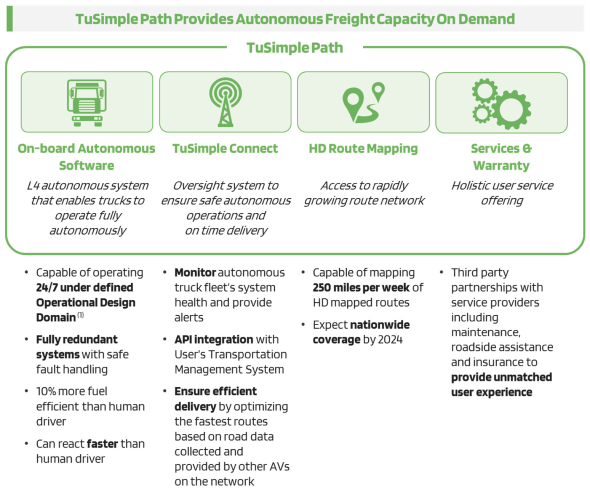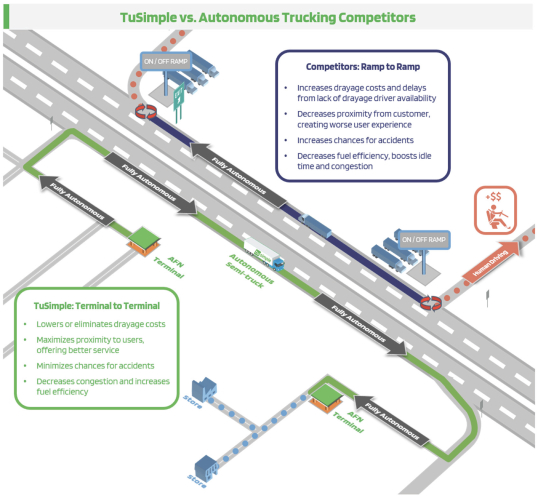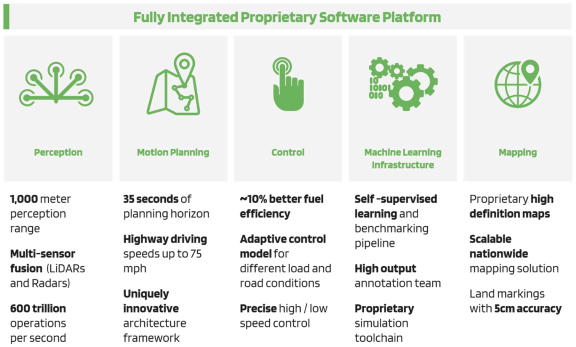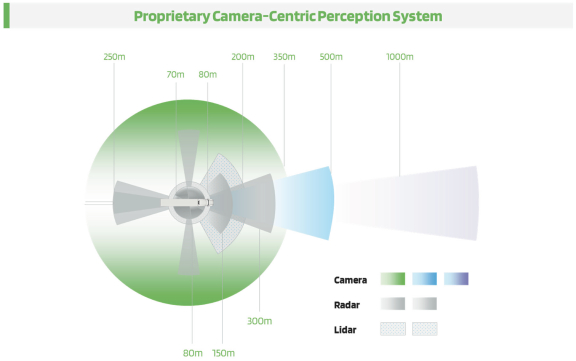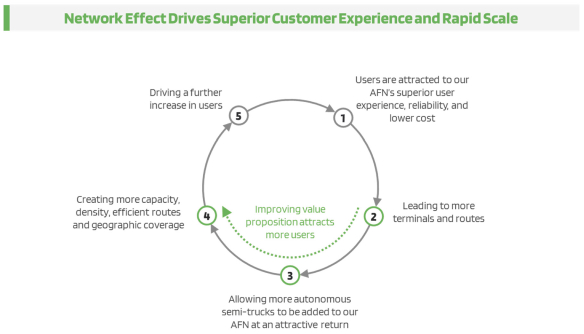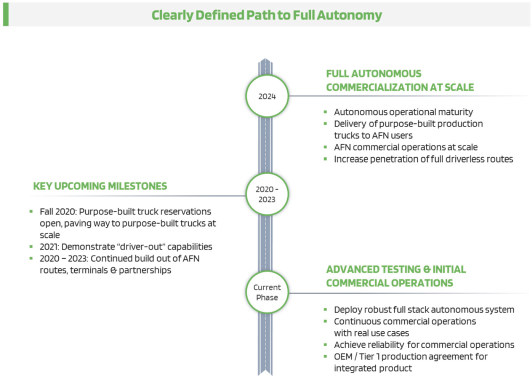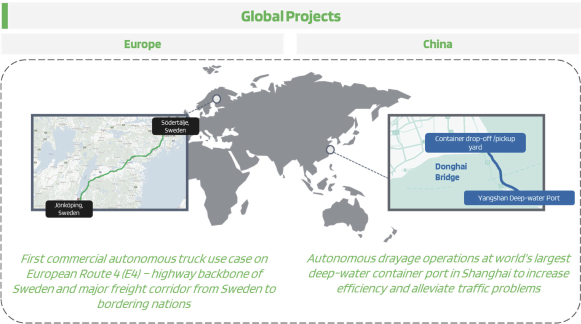(“CIIO”) to store personal information and important data collected and generated during its operation within the territory of China locally on servers in China. The interpretation of what network operators are qualified as CIIOs is unclear. If we are deemed to be a CIIO, we would become subject to additional requirements applicable to CIIOs. Any violation of the Cyber Security Law may subject a network operator to warnings, fines, confiscation of illegal gains, revocation of licenses, cancellation of filings, shutdown of websites, or criminal liabilities.
In addition to government regulation, privacy advocates and industry groups have and may in the future propose self-regulatory standards from time to time. These and other industry standards may legally or contractually apply to us, or we may elect to comply with such standards. We expect that there will continue to be new proposed laws and regulations concerning data privacy and security, and we cannot yet determine the impact such future laws, regulations, and standards may have on our business. New laws, amendments to or re-interpretations of existing laws, regulations, standards, and other obligations may require us to incur additional costs and restrict our business operations. Because the interpretation and application of laws, regulations, standards, and other obligations relating to data privacy and security are still uncertain, it is possible that these laws, regulations, standards, and other obligations may be interpreted and applied in a manner that is inconsistent with our data processing practices and policies or the features of our products and services. If so, in addition to the possibility of fines, lawsuits, regulatory investigations, public censure, other claims and penalties and significant costs for remediation and damage to our reputation, we could be required to fundamentally change our business activities and practices, which could adversely affect our business. We may be unable to make such changes and modifications in a commercially reasonable manner, or at all. Any inability to adequately address data privacy or security-related concerns, even if unfounded, or to comply with applicable laws, regulations, standards, and other obligations relating to data privacy and security, could result in additional cost and liability to us, harm our reputation and brand, damage our relationship with important clients, and affect our financial condition, operating results, and our reputation.
We make public statements about our use and disclosure of personal information through our privacy policy, information provided on our website and press statements. Also, we enter into contracts with third parties (such as our partners and clients) that contain provisions regarding the collection, sharing, and processing of personal information. Although we endeavor to comply with our public statements and documentation as well as our contractual and other privacy-related obligations, we may at times fail to do so or be alleged to have failed to do so. The publication of our privacy policy and other statements that provide promises and assurances about data privacy and security can subject us to potential government or legal action if they are found to be deceptive, unfair or misrepresentative of our actual practices. In addition, from time to time, concerns may be expressed about whether our products and services compromise the privacy of clients and others. Any concerns about our data privacy and security practices (even if unfounded), or any failure, real or perceived, by us to comply with our posted privacy policies, contractual obligations, or any legal or regulatory requirements, standards, certifications, or orders, or other privacy or consumer protection-related laws and regulations applicable to us, could cause our clients to reduce their use of our fully autonomous semi-trucks and could affect our financial condition, operating results, and our reputation, and may result in governmental or regulatory investigations, enforcement actions, regulatory fines, criminal compliance orders, litigations, breach of contract claims, or public statements against us by government regulatory authorities, our partners and/or clients, data subjects, consumer advocacy groups, or others, all of which could be costly and have an adverse effect on our business.
Furthermore, enforcement actions and investigations by regulatory authorities related to data security incidents and privacy violations continue to increase. Non-compliance could result in proceedings against us by data protection authorities, governmental entities or others, including class action privacy litigation in certain jurisdictions, which would subject us to significant fines, penalties, judgments, and negative publicity, and may otherwise affect our financial condition, operating results, and our reputation. Given the complexity of operationalizing the GDPR and other data privacy and security laws and regulations to which we are subject, the maturity level of proposed compliance frameworks and the relative lack of guidance in the interpretation of the numerous requirements of the GDPR and other data privacy and security laws and regulations to which we are subject, we may not be able to respond quickly or effectively to regulatory, legislative, and other developments,
53

